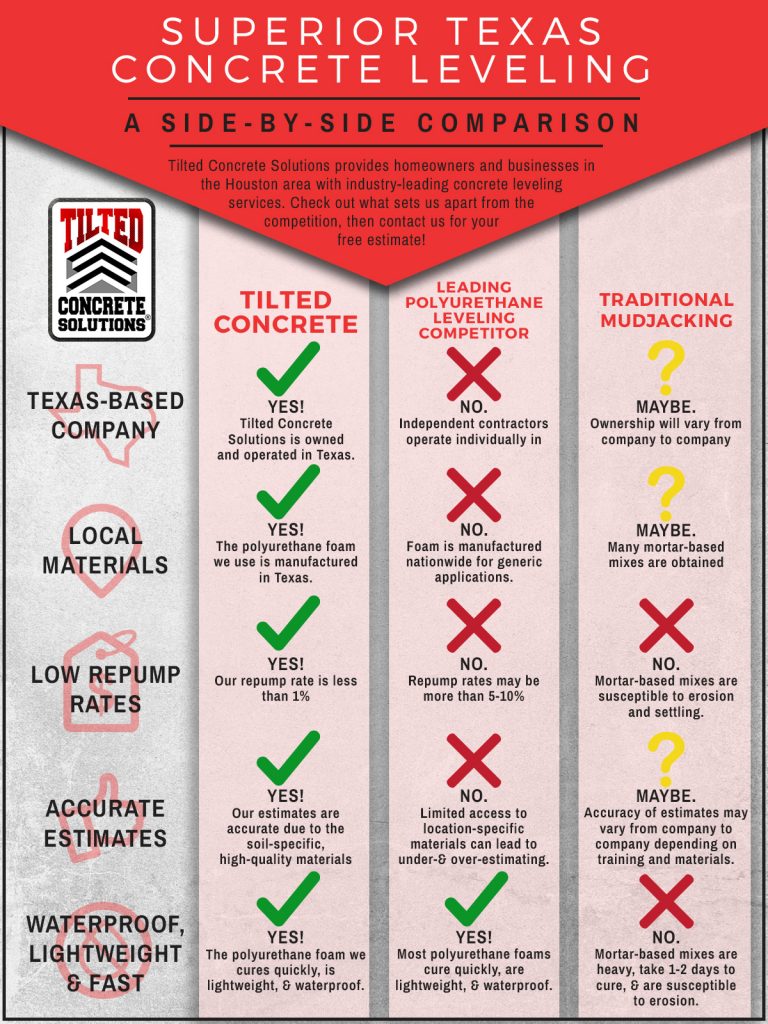Usual Risks In Wall Painting And Exactly How To Avoid Them
Usual Risks In Wall Painting And Exactly How To Avoid Them
Blog Article
Post By-Jamison Hopkins
When you're planning to paint your walls, it's very easy to neglect some crucial details that can make or damage your task. You might believe selecting any paint will do, or that surface preparation isn't required, yet these decisions can result in aggravating results. You'll intend to prevent typical challenges like overloading your brush or hurrying the drying time in between layers. Recognizing these mistakes can save you time and effort, however there's more to take into consideration if you desire a flawless finish that lasts. Let's explore what you might be missing out on.
Picking the Incorrect Paint
Choosing the ideal paint is important for attaining a smooth, expert surface on your walls. If you choose the wrong kind, you'll swiftly find yourself facing issues like peeling off, fading, or unequal color.
Begin by taking into consideration the paint's base. Water-based paints are great for simple cleaning and quick drying, while oil-based alternatives are perfect for toughness in high-traffic areas.
Next, consider updated blog post . Matte finishes conceal blemishes well but can be challenging to clean. Satin or eggshell finishes use an equilibrium between appearances and washability, making them suitable for the majority of rooms.
For locations susceptible to dampness, like bathroom and kitchens, select a semi-gloss or gloss paint, which resists mold and mildew.
Don't fail to remember to examine the shade. Test examples on your wall surfaces to see exactly how they search in various illumination throughout the day. Lighting can drastically change just how a shade appears, so this action is important.
Avoiding Surface Prep Work
One of the most significant mistakes property owners make is avoiding surface area preparation prior to painting. You could believe you can simply grab a brush and start, yet that'll lead to a less-than-stellar finish. Appropriate prep is vital for a smooth and enduring result.
Initially, evaluate your wall surfaces for any kind of flaws like cracks, holes, or peeling paint. Loading those voids with spackle or caulk ensures an uniform surface.
Don't neglect to sand the location once it's dry, as this creates a far better surface area for the paint to abide by.
Next off, tidy your walls to remove dirt, oil, and gunk. A simple mixture of soap and water can do wonders. If your walls are specifically dirty, take into consideration using a degreaser.
Ultimately, using a guide is usually ignored however can dramatically boost the end result, especially if you're painting over a darker shade or a surface that's been previously painted.
interior painters enhances adhesion and helps cover any kind of discolorations.
Improper Application Methods
Applying paint with the incorrect strategies can result in unequal insurance coverage and an aggravating finish. One typical mistake is utilizing the wrong type of brush or roller. Make sure you select a tool that matches the paint kind and the surface area structure. For smooth wall surfaces, a fine-nap roller works best, while distinctive surfaces might require a thicker nap.
Another concern is using excessive paint at once. Instead, apply thin, even layers. This not just prevents drips yet additionally makes certain far better bond. If you see runs, do not stress-- just take a brush and smooth them out promptly.
Additionally, keep in mind to keep a damp edge. This indicates overlapping your strokes while the paint is still damp to avoid noticeable lines.
Ultimately, avoid painting in direct sunshine or high humidity, as this can create the paint to completely dry as well quickly, causing blistering.
Conclusion
To sum it up, preventing typical paint blunders can make a big difference in your project's outcome. Constantly select the right paint for the work, never skip important surface prep work, and make use of appropriate application strategies to guarantee a smooth finish. Take exterior house painter littleton in between coats and don't overload your brushes or rollers. By complying with these ideas, you'll accomplish a professional-looking result that you can be pleased with in your house. Delighted paint!
